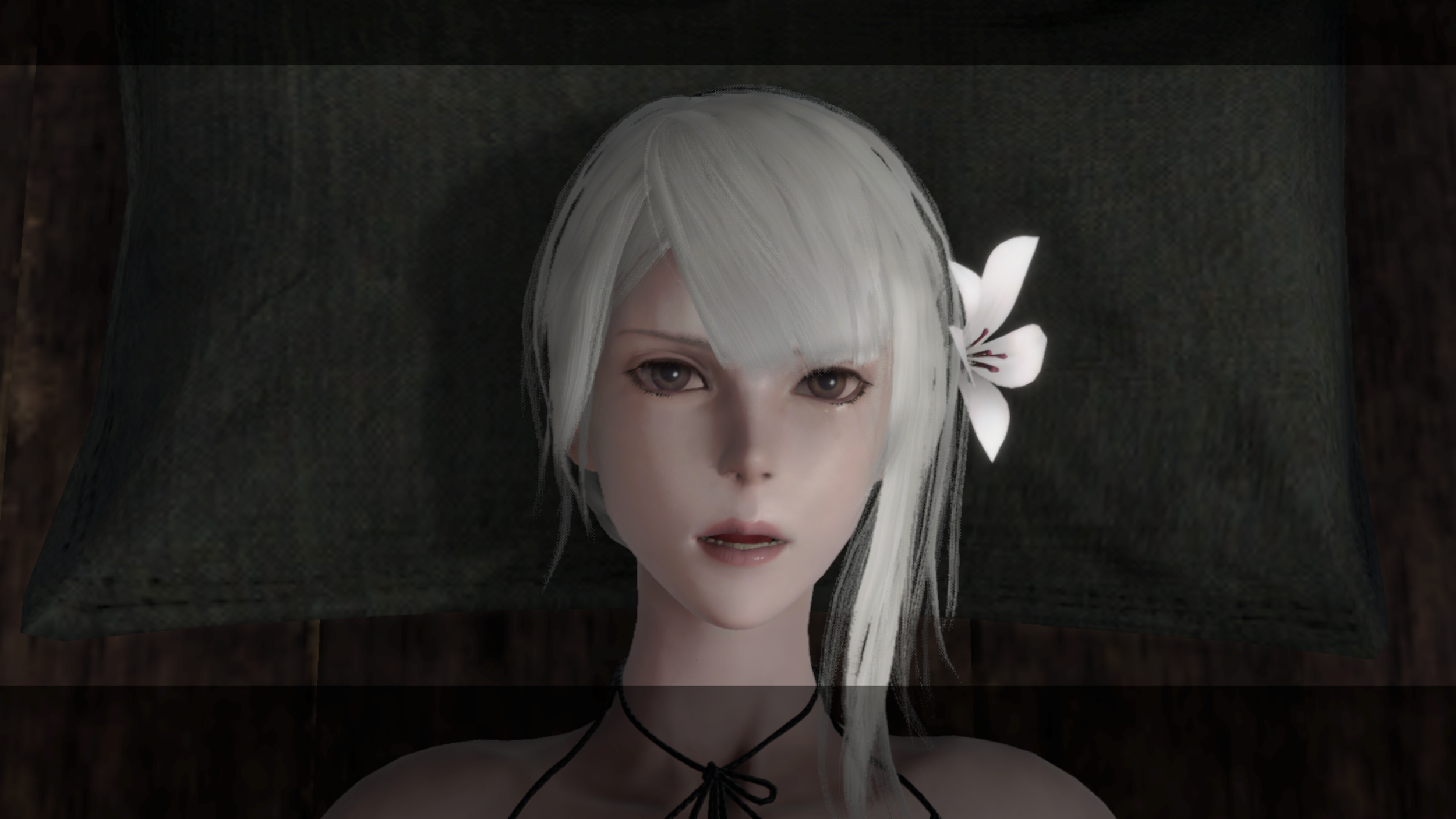The Independence of Kainé - Ending "E" in Nier Replicant
Please beware, heavy spoilers abound immediately in this piece for both Nier Replicant and Automata!
Doubt reverberated through my mind when I first read about the introduction of “Ending E” in Nier Replicant. The final conclusion of the original text left things in a relatively “good” space. Yonah was saved, Kainé’s life was spared, and the person responsible for the end of humanity was removed from existence in this world entirely.
It’s a truism of video games that nothing really happens in a game world without the player’s input. With regalia of tragedies in other mediums, we simply bear witness to the inevitable falls our beloved characters bring upon themselves. In video game tragedies, we don’t just experience their anguish - we are the cause of their undoings.
As a form of entertainment, the most meaningful games use their interactivity to engender powerful emotion. When 2010’s Nier came along and gave us the option to give back to that world in one of the only forms we meaningfully can - through the sacrifice of our save files, giving up our connection to the world we had come to cherish enough to play through a minimum of three times - it was an indication that we had come to deeply respect these digital beings, thankful for the profound effect they left on our existences.
It’s easy for the reaction to an additional ending, one that gives back that save file and makes our sacrifices all but moot, potentially disconcerting. Were the creators of this game really going to nullify something as important as "Ending D" in the now infamous cult classic?
Much like Replicant, Nier Automata’s C and D endings are the result of a player-made choice. They are story branch variations; should the conclusion of the tale be this way, or that?
Ending E, the “final” ending, then is the chance for the player to then say, “No, actually. I reject these paths you have posited, where the tales of these characters I’ve grown to love come to a gruelling end either way. I am willing to fight against the very creators of this world - with help from others who also feel the way I do - for even the slightest chance at a better world. Because I believe something better is possible."
Hope is a rare occurrence in Yoko Taro’s works. In the fiction these characters live, they fight hopelessly against insurmountable obstacles, doing what they believe is “right”, despite the catastrophic consequences. Automata offers an alternative to the tragedy - a path of direct intervention by someone not bound by the system, with knowledge and capabilities outside the boundaries of possibility, providing an opportunity for things to turn out differently this time.
It’s not without going through the game three+ times, making that ultimate sacrifice, then playing the game for several hours from scratch again that the path to Ending E opens up in Replicant's ver.1.22474487139. Defeat the Shadowlord; collect every single weapon; divert Kainé’s fate from one of tragedy to that of continued life. Then proceed to start fresh, all over again.
Three years after the consequences of Ending D, Kainé awakes with a start, tears rolling down her cheek. She takes a moment before getting out of bed, grabs her sword, then heads out into the field to get back to killing. Everything we did - all the grinding we endured, the endless enemies we slew, the sacrifices we made - led Kainé to essentially the same place she was in before we ever met her.
Kainé did not get a happy ending. She is still just as full of anger, still spending her time slaughtering Shades. She does not have any companions by her side. She is alone.
In sacrificing our save file to give Kainé another shot, we never even considered her wishes. In the seconds before she loses control, Kainé explicitly asks you to kill her. But we reject that, because as players who’ve grown to adore these characters, that’s not what we want to see happen. From Kainé’s perspective, she would rather die knowing that deep emotional connection than live without it. Not only do we take that away from her, in deleting our saves, we ensure that that connection never even existed in the first place.
In trying to do what we think is right - giving up that which means the most to us as a player to change the course of in-game history - we inadvertently wreak further havoc on an already tortured soul. Without even giving her the chance to decide if that’s what she even wants.
Ending E sees Kainé fight harder than she has in her life to reclaim her memories and her friend - even if it causes catastrophic consequences for the world (as Drakengard fans will attest, the appearance of giant Lunar Tears is never a good sign). Doing so brings the protagonist back to her, along with the precious memories she had lost. Where Automata’s Ending E is a rejection of the tragedies befallen our beloved heroes, Replicant’s is Kainé’s rejection of your decision to mess with her and her friend’s lives.
While more colloquially referenced to as Nier, the protagonist of Replicant does not really have a true name. The Shadowlord is simply “The Original Gestalt”, with the player controlling the Replicant shell. Kainé doesn’t meet the protagonist character until you play through this story. Her memories are all built around the hours you spend with her. She changes, grows as a person, through your participation in the story. That is all taken away when you wipe your save file - removing your fingerprint from the story entirely, as if you had never touched the game in the first place.
When asked about the Ending C/D decision put to the player at the end of Nier, director Yoko Taro was less interested in the romance of two in-game characters, and more on how the player responded to Kainé. From the Japanese only novella Grimoire Nier: “Instead of being a decision for “Nier and Kainé”, it was more like a choice for “the player and Kainé”. If you like Kainé after playing through the game twice, then sacrifice yourself and save her, if you don’t then you don’t have to save her… “Whether the player loves Kainé or not” – base your decision on that.”
Ending E is not really about the revival of the protagonist. There is no continuing on from this point, playing as the protagonist or Kainé, going on further escapades with the gang. It simply results in the save file you gave up being returned to where it was when you last saved the game - back before she ever loses herself. Back before you wiped your existence from this story.
Without Ending E, once your save was wiped, you no longer could do the thing these types of games usually do, where they throw you back in the world for you to keep playing. Now, you can.
You can go and do those side quests you didn’t get to. You can go fight more shades, grind for more materials, upgrade all those weapons. You can spend more time in the world of Nier Replicant. You can spend more time with Kainé, memories now correctly intact.
Or you could not, if you don’t want to. But just the fact that it is there, that you could jump in and spend just a little bit more time with these characters, is all it needs to be. Proof that you existed in this world. Proof that you had an impact.
Kainé didn’t just save the protagonist. She saved you.
Initially, it could seem like the addition of a new ending in which your save file is returned to you is a “taking back” of what made the original so special; a concession for a design decision that is not necessarily player friendly. In actuality it is the exact opposite - a defiance of expectation, a re-contextualisation of your actions and exactly what makes the Nier/Drakengard series so special.
These are the worlds built by Yoko Taro and his development teams - we are but small players, just trying to do what’s right. Whether the characters agree with our decisions, however, is their choice.





